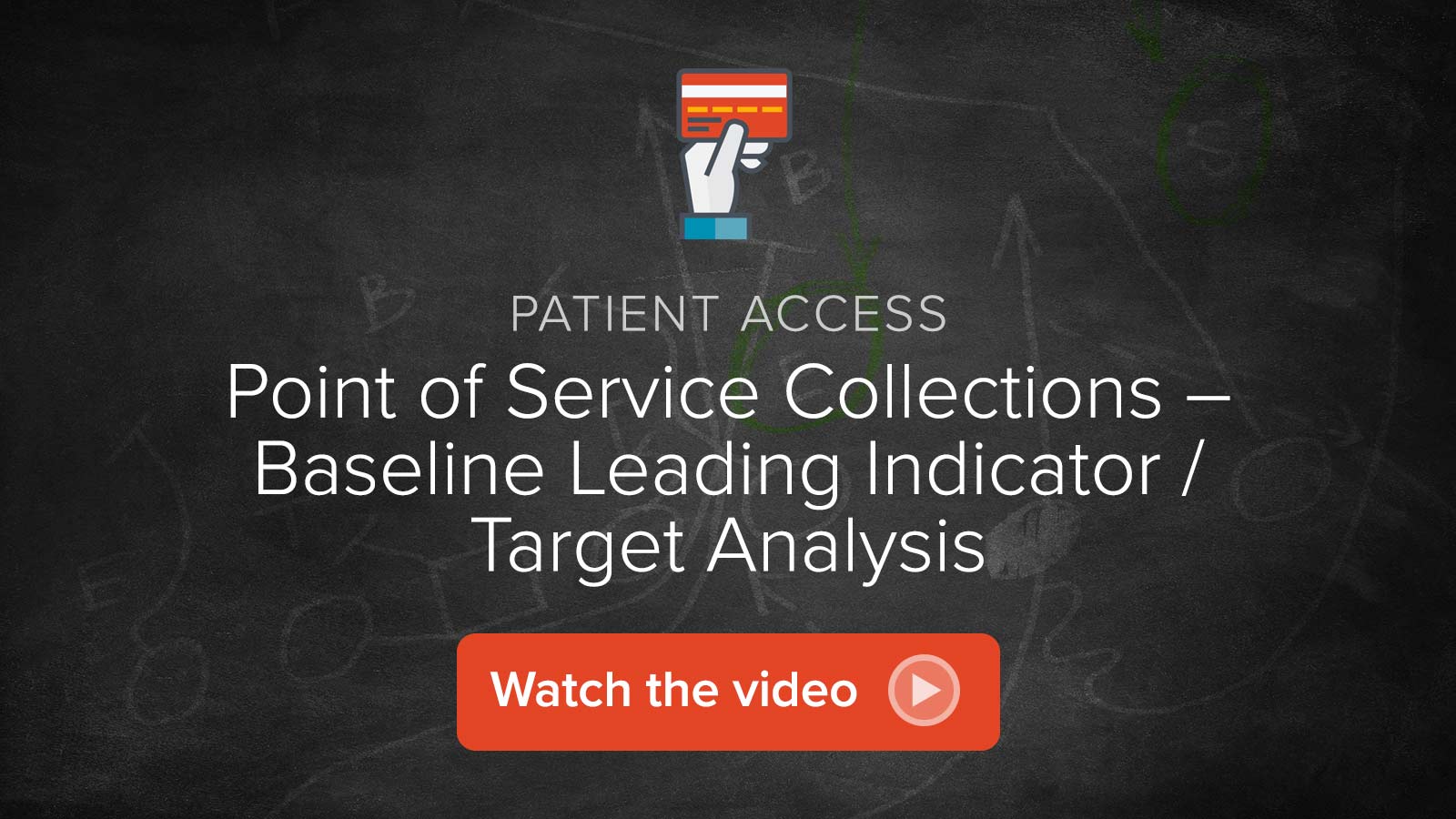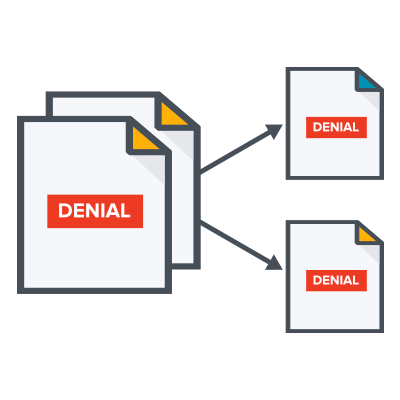- Solutions
Healthcare
- Resources
Why run this play?
Identifying and collecting applicable/eligible patient payments at the time of service will improves cash flow, reduces balance after insurance collection efforts (BAI), cost to collect (CTC) and bad debt expense (BDE). This is the first in a three-play series that will measure current performance, identify missed opportunities, and then chart a course for improvement. After running these three plays, you can determine a POS collection goal and a POS stretch goal. These determinations will ultimately accelerate cash collections, identify exposure to bad debt, and reduce overall collection costs.
Background
By not systematically collecting point of service payments from patients, organizations typically leave millions of dollars of collectable net revenue on the table each year. This is a universal issue that every client should be able to improve. Improvement is needed because payments are exponentially more difficult to collect if they are not paid at the time of service. In nearly all cases, missed opportunities in identifying eligible accounts and collecting eligible payments when first due will lead to a combination of re-work and potential bad-debt write-offs.
Take Action
- Create a report that shows the Quantity of Eligible POS Accounts by Admit Type, Quantity of Eligible POS Accounts by Curr FC Desc, and Quantity of Eligible POS Accounts by Patient Type. These reports will show the quantity of Eligible Accounts, along with the amount of point of service collections, and the percentage of accounts that have received at least one payment.
- Run a report that compares the collection of elective surgical services deposits prior to service compared to an opportunity of 100%. (POS Collections where Admit Type=Elective). The VisiQuate-recommended best practice target is 95%.
- Run a report that compares the collection of Inpatient patient-pay balances prior to discharge compared to an opportunity of 100%. The VisiQuate-recommended best practice target is 50%
- Run a report that compares collection of scheduled Outpatient patient-pay balances prior to service compared to an opportunity of 100%. The VisiQuate recommended best practice target is 75%.
- Run a report that compares collection of ER patient-pay balances prior to departure compared to an opportunity of 100%. The VisiQuate recommended-best practice range is 50%.
Want to see how to run this play in VisiQuate?
Request a demoHow to Calculate This Play's Value
- ROI calculation will be performed after all three plays in this series are implemented.
- Trend Bad Debt transfers where POS cash collected. This is new net revenue.
Additional plays you might find useful
Be the first to know when a new play comes out.
Sign up now!© 2024 VisiQuate, Inc. All Rights Reserved.










